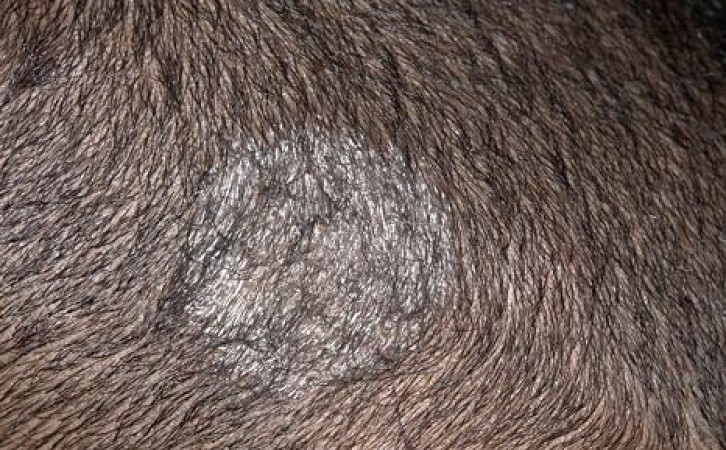
Tinea Capitis, commonly known as ringworm of the scalp, is a fungal infection that affects the skin, hair follicles, and sometimes even the eyebrows and eyelashes. Despite its name, ringworm is not caused by a worm, but rather by different types of fungi known as dermatophytes. This condition is more common in children, but it can affect people of all ages. In this comprehensive guide, we will explore the various aspects of identifying and treating Tinea Capitis.
Tinea Capitis is a fungal infection that primarily affects the scalp, leading to red, itchy patches and hair loss. Despite its name, the condition has nothing to do with worms. It spreads through direct contact with an infected person, animal, or contaminated objects like combs, hats, and pillows.
Causes and Risk Factors
The main culprits behind Tinea Capitis are dermatophytes, namely Trichophyton and Microsporum species. These fungi thrive in warm and humid environments, making children, who often share personal items and have underdeveloped immune systems, more susceptible.
Signs and Symptoms
Tinea Capitis manifests as round, scaly patches on the scalp that may be itchy and inflamed. Affected areas can become bald, and in some cases, the scalp may develop black dots, indicating broken hair. Additional symptoms may include swollen lymph nodes and a low-grade fever.
Diagnosis and Medical Examination
Doctors diagnose Tinea Capitis through a physical examination and may use a Wood's lamp to fluoresce the infected hair. In some cases, they might take a hair or skin sample for a fungal culture.
Differentiating Tinea Capitis from Other Conditions
Tinea Capitis can sometimes be mistaken for other conditions like dandruff or psoriasis. A proper medical evaluation is crucial to accurately diagnose the condition and determine the appropriate treatment.
Treatment Options
Treating Tinea Capitis often involves a combination of antifungal medications and hygiene practices. The primary goal is to eliminate the fungal infection and prevent its spread.
Topical Antifungal Medications
Antifungal shampoos, creams, and ointments are commonly used to treat mild cases of Tinea Capitis. These products help control the fungal growth and reduce itching and inflammation.
Oral Antifungal Medications
In more severe cases, oral antifungal medications may be prescribed. These medications work from the inside out to eradicate the infection. Close medical supervision is necessary due to potential side effects.
Hygiene and Preventive Measures
Practicing good hygiene, such as regular hair washing, using clean personal items, and avoiding head-to-head contact, can help prevent the spread of Tinea Capitis. Encouraging these habits in children is crucial.
Natural Remedies and Complementary Therapies
Some natural remedies like tea tree oil and apple cider vinegar may have antifungal properties. However, these should be used with caution and preferably under the guidance of a healthcare professional.
Caring for Affected Individuals
Support and understanding are essential for individuals dealing with Tinea Capitis. Addressing the emotional and psychological impact is as important as the physical treatment.
When to Seek Professional Help
If home treatments are ineffective or the condition worsens, seeking medical attention is vital. A healthcare provider can recommend appropriate treatments based on the severity of the infection.
Potential Complications
If left untreated, Tinea Capitis can lead to severe complications, such as permanent hair loss and secondary bacterial infections. Timely and proper treatment is crucial to avoid these issues.
Dealing with Recurrences
Tinea Capitis can sometimes recur even after successful treatment. Regular follow-ups with a healthcare provider can help monitor the condition and take necessary actions promptly.
Tinea Capitis, or ringworm of the scalp, is a common fungal infection that can be uncomfortable and distressing. With proper diagnosis, treatment, and preventive measures, individuals can effectively manage and overcome this condition, restoring their scalp health and overall well-being.
How to Protect Your Hair from Chlorine and Saltwater